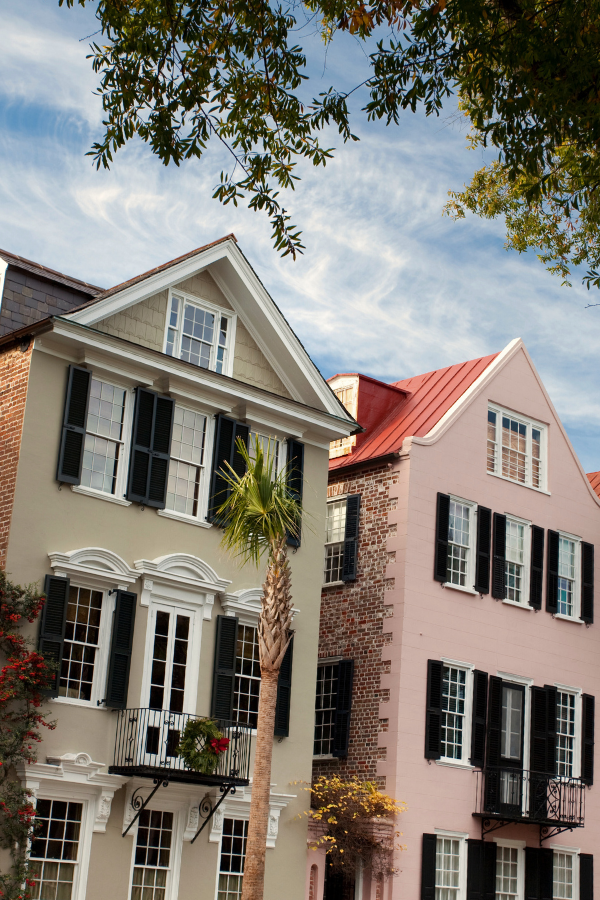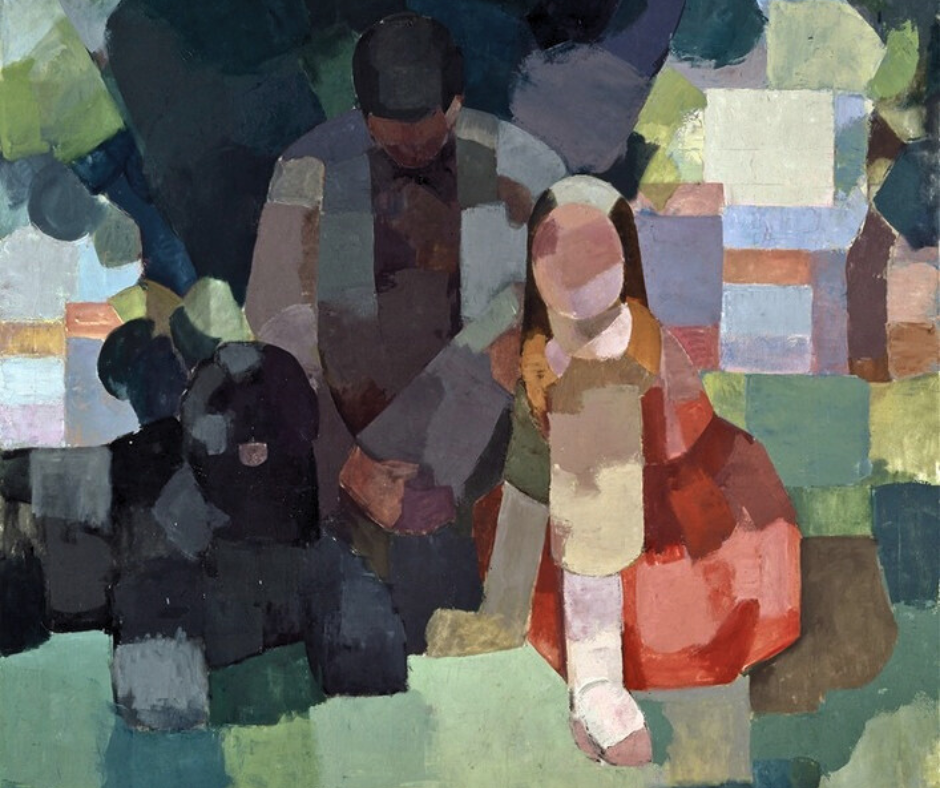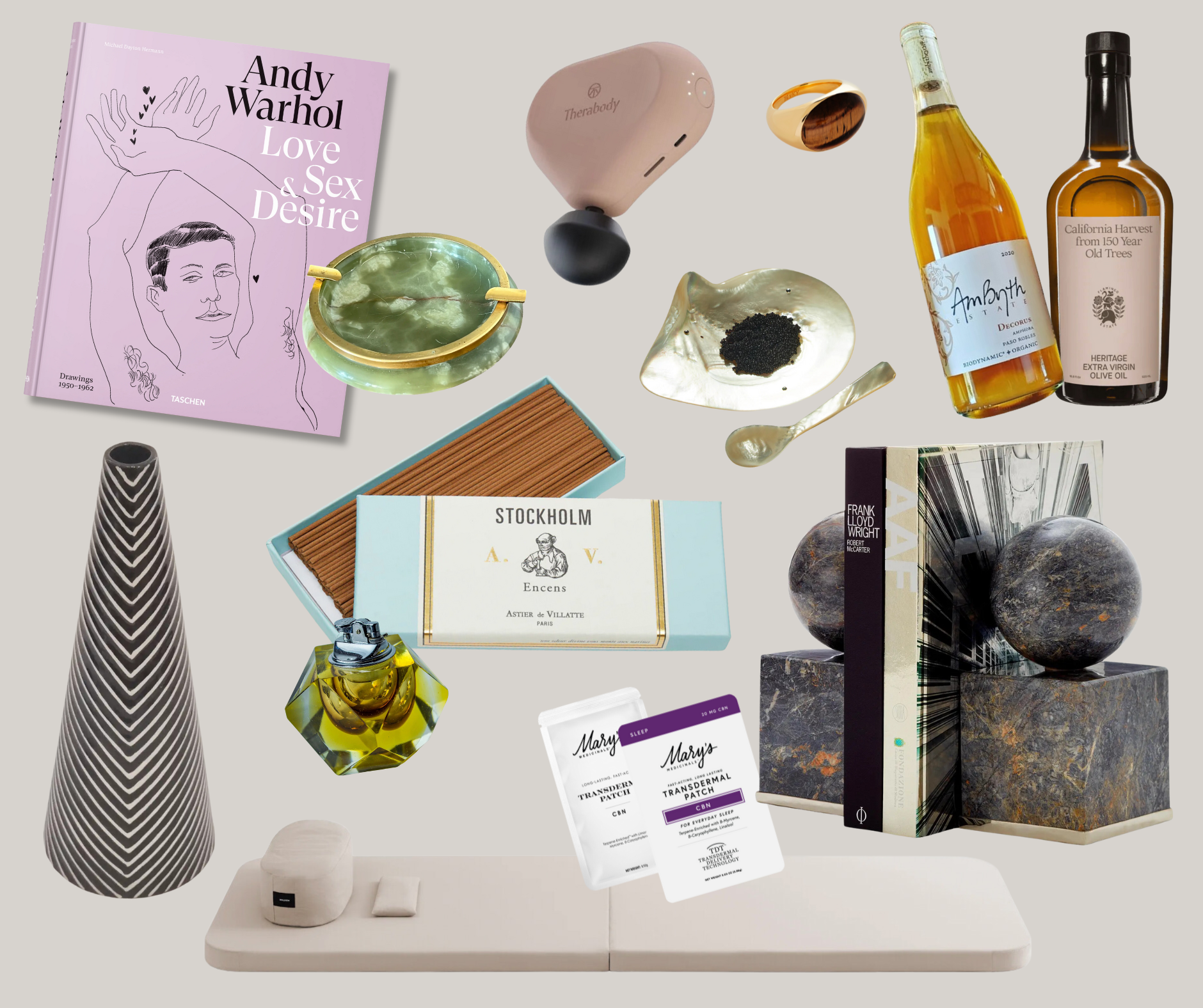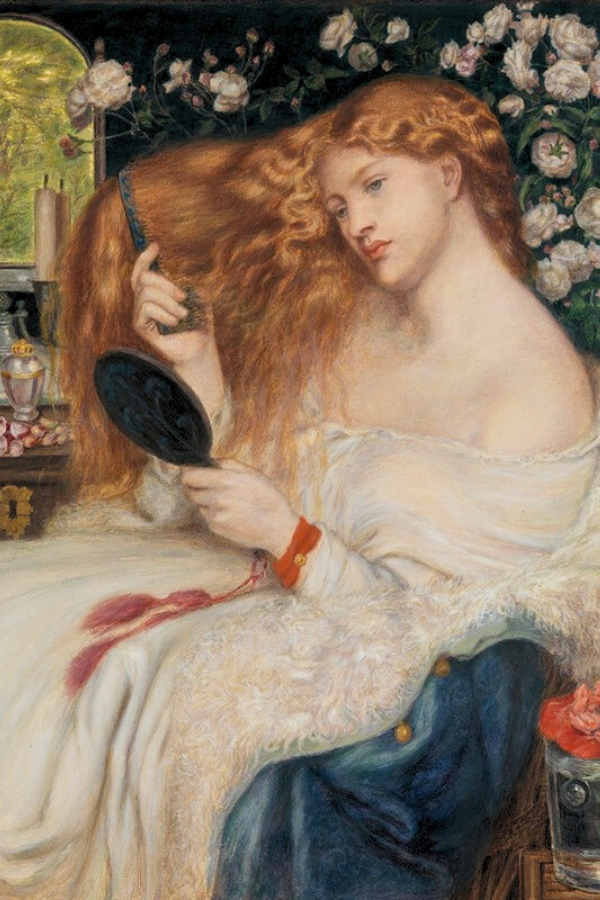
Design Spotlight: Carlo Ratti’s Milano Cortina Olympic Torch
Summary
For the Milano Cortina 2026 Olympic and Paralympic Games, Carlo Ratti has reimagined the Olympic torch as a vessel for the flame, not for form. Designed by Studio Carlo Ratti Associati and powered by sustainable bio-LPG, the torch—called Essential—uses recycled materials, minimalist geometry, and an open structure to make the flame visible and central. In a candid Q&A, Ratti reflects on collaboration, restraint, and designing not to impress, but to enable.
Reflection Questions
What role should symbolism play in the design of functional objects like the Olympic torch?
How does Carlo Ratti’s torch design challenge traditional ideas of visibility and authorship in design?
In what ways can “restraint” be considered a radical design choice in today’s culture of excess?
How does collaboration across disciplines influence the success of a high-stakes design project?
What parallels can you draw between this project and Ratti’s curatorial vision for the 2025 Venice Architecture Biennale?
Journal Prompt
Carlo Ratti says, ‘The first act of sustainability is to do less.’ Reflect on a project you’ve worked on (or imagined) where subtraction—not addition—led to clarity, ethics, or better performance. How can you apply ‘designing from effect’ in your future work?
Few design objects carry the symbolic weight of the Olympic torch. It must be elegant yet durable, iconic yet invisible, ancient yet forward-looking. For the Milano Cortina 2026 Olympic and Paralympic Games, the challenge of reimagining this global symbol fell to architect, engineer, and curator Carlo Ratti, whose design strips the torch down to its essence—placing the flame, not the form, at center stage.
With the unveiling of the new torch coinciding with his appointment as curator of the 2025 Venice Architecture Biennale, Ratti is busier than ever. Still, he took time to speak with DesignDash. We discussed what it means to design an object so steeped in ceremony and meaning—one that must perform under pressure while quietly reflecting the values of sustainability, restraint, and collective authorship.
From wind tunnel simulations and bio-LPG burners to Sori Yanagi’s 1964 design, Ratti shares the philosophy and precision behind this remarkable object—a torch that, in his own words, “isn’t really a torch” at all.
Below, we encourage you to read his full responses—thoughtful, candid, and just as refined as the flame they frame. We hope you enjoy our Q&A with Carlo.
This article was originally published in the Spring-Summer 2025 issue of DesignDash Magazine. Read the full article and more here.
About the Olympic and Paralympic Torches
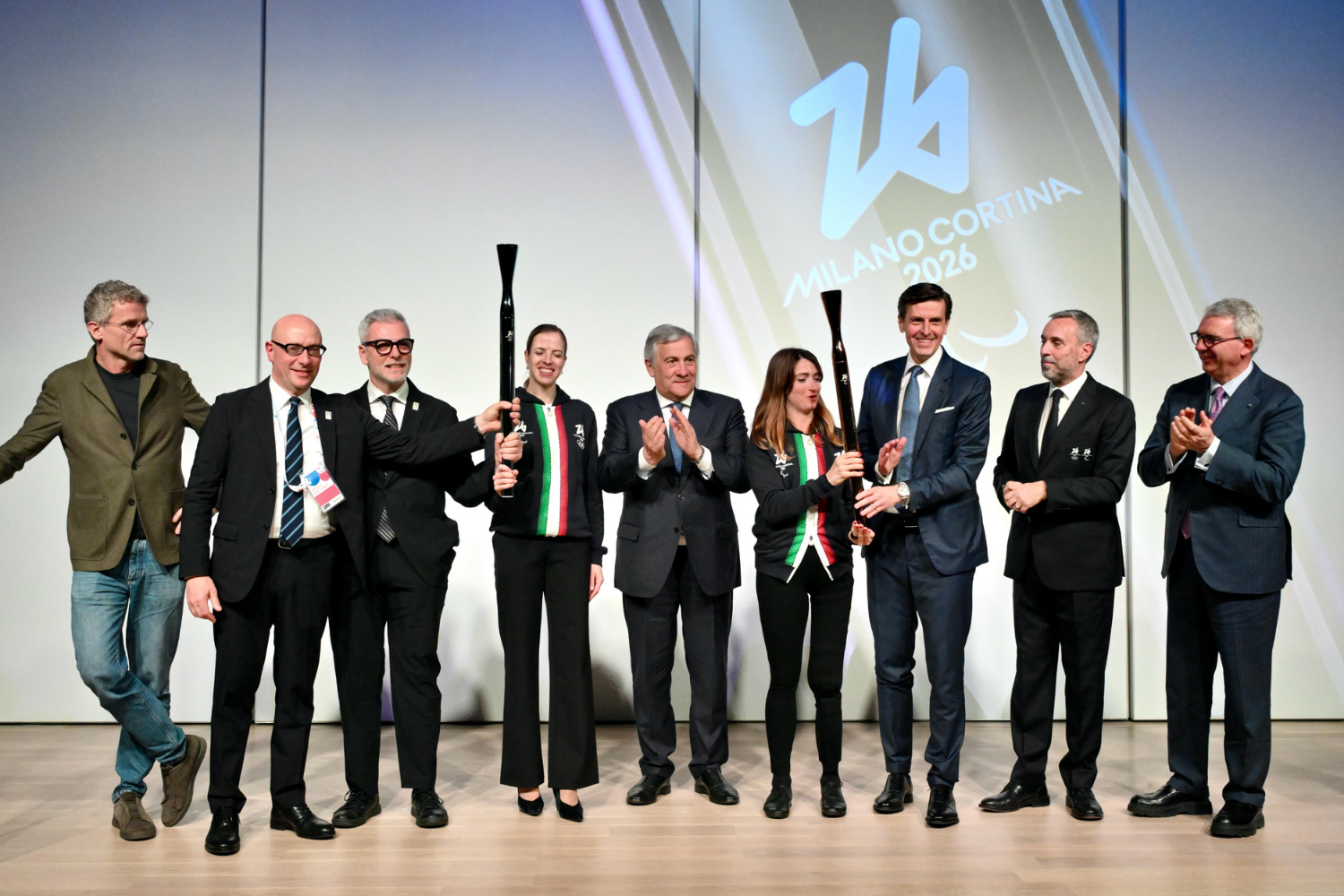
Milano Cortina 2026 has unveiled its Olympic and Paralympic torches, named Essential, in a dual launch across Milan and Expo 2025 Osaka—an event that not only introduced a design but also a philosophy. Sleek, minimalist, and unmistakably Italian, the torches are a celebration of innovation, sustainability, and national identity. Designed by Studio Carlo Ratti Associati and developed by Eni and Versalis, Essential distills the Olympic spirit into a refined object that places the flame—both literal and symbolic—at its core.
Crafted from recycled materials and powered by renewable bio-LPG, the torches exemplify the Games’ growing commitment to environmental responsibility. Their open structure reveals the inner workings of the flame for the first time, turning function into storytelling. With two distinct finishes—blue-green for the Olympics and bronze for the Paralympics—the torches speak to the strength and unity of athletes while echoing the natural beauty of Italy. Essential is a symbol of the legacy Milano Cortina 2026 hopes to leave: one of thoughtful design, meaningful innovation, and global solidarity through sport.
“It’s not a torch seeking attention—it recedes, so that the flame can speak.”
— Carlo Ratti, Designer of the 2026 Olympic Torch
In Conversation with Torch Designer Carlo Ratti
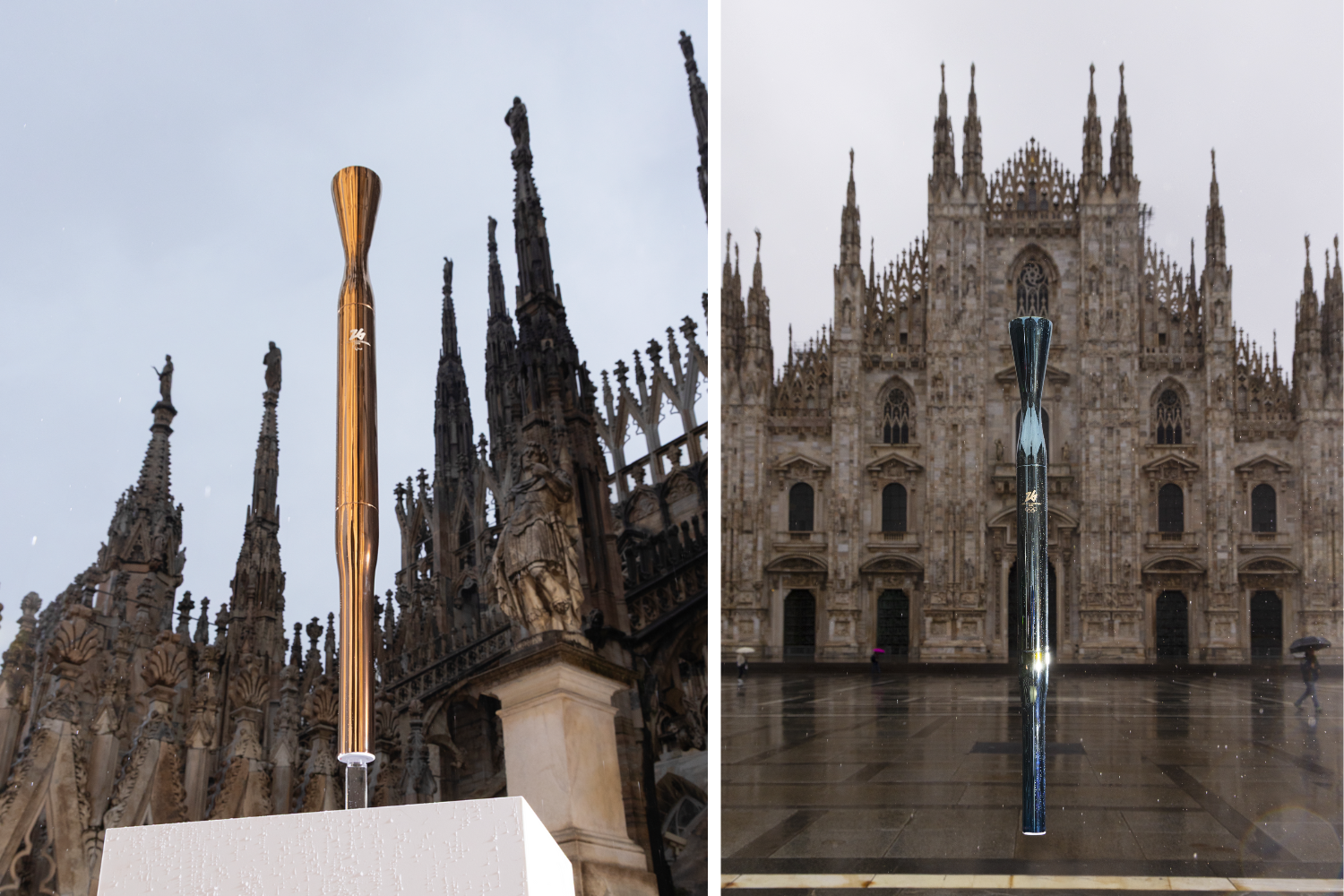
DesignDash: The torch is a powerful global symbol. How did you approach designing something so culturally and emotionally charged?
Carlo Ratti: We began with ethics before aesthetics, so to speak. Rather than following the typical approach—building a shell around a core, as in car design—we did the opposite and removed everything that was not necessary. The burner, developed with Cavagna Group, became our starting point. It was not hidden; it was revealed. Everything else followed. Stripping away rather than adding became a form of reverence—for the flame, which we wanted to become the true protagonist.
DD: You’ve described the torch as a “design that, in a way, isn’t a torch.” Can you unpack that idea a little more for us?
CR: Because the object functions almost entirely as a support for the flame, rather than something to admire in isolation. It’s atmospheric, even elusive. Its iridescent PVD-coated surface reflects rather than asserts itself. It’s not a torch seeking attention—it recedes, so that the flame can speak, in snow, in sky, in motion.
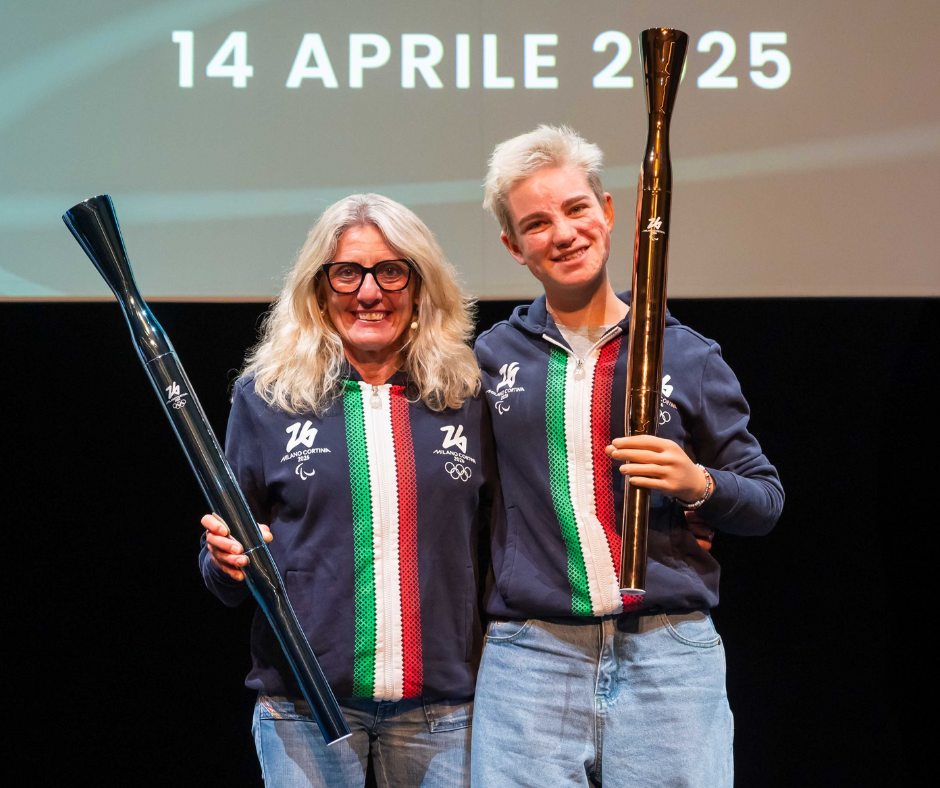
DD: How did the concept of “Essential” evolve, and what were the biggest conceptual challenges in reducing the design to its barest form?
CR: We started with a basic question: What is truly necessary? “Essential” wasn’t a stylistic choice but a design position. We looked to precedents—Sori Yanagi’s torch for the 1964 Games, for instance, was a powerful inspiration—and asked: what can be removed, not added? The challenge was in the precision. Less isn’t just less; it is a lens to focus on what matters most.
DD: The design centers the flame rather than the object. Was this an aesthetic, symbolic, or technical choice – or all three?
CR: First and foremost, it was ethical and symbolic—the others followed. Symbolically, the flame is the continuous thread that links us back to Olympia. Technically, we needed to stabilize it in motion. Aesthetically, reducing the object makes the flame more visible, more present—it becomes the phenomenon, not the form.
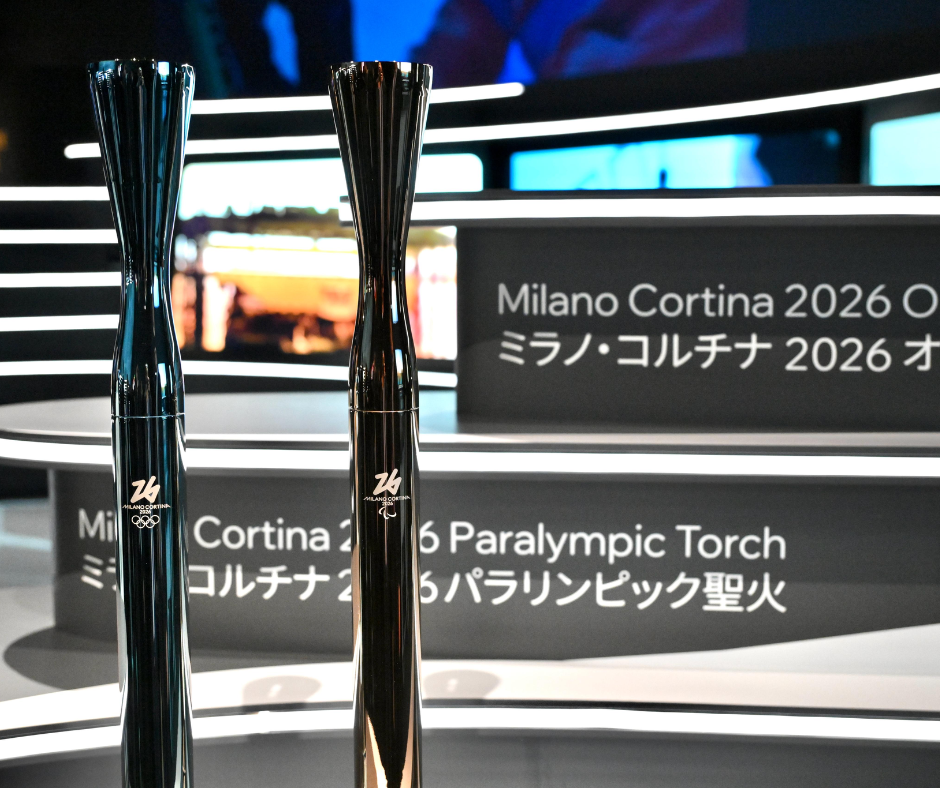
DD: How do material choices—like the recycled aluminum/brass alloy and bio-LPG—speak to your broader goals around sustainability in design?
CR: Before discussing materials, for us sustainability begins with restraint. The first act of sustainability is to do less. The torch weighs just over a kilogram, and is made of 89% certified recycled material.
The handle uses a Versalis-developed polymer derived from renewable sources. The flame runs on bio-LPG, produced from waste oils, fats, and agricultural residues. Designing sustainably is not about grand gestures—but quiet discipline.
DD: As architects and designers, we often balance innovation with tradition. How did you approach this balance in designing an object so deeply tied to ceremony and history?
CR: Tradition isn’t static—it evolves, and so do the rituals around it. The Olympic ceremony continues to change, and its objects must reflect that. We sought to honour the gravitas of the torch, but without making it monumental. Its form gestures toward the moment of the Olympic “kiss”—the hand-to-hand exchange between two torchbearers – the most human part of the ritual.
DD: The torch is both a symbol and a tool. How did you design for performance (like refillability and durability) without compromising elegance?
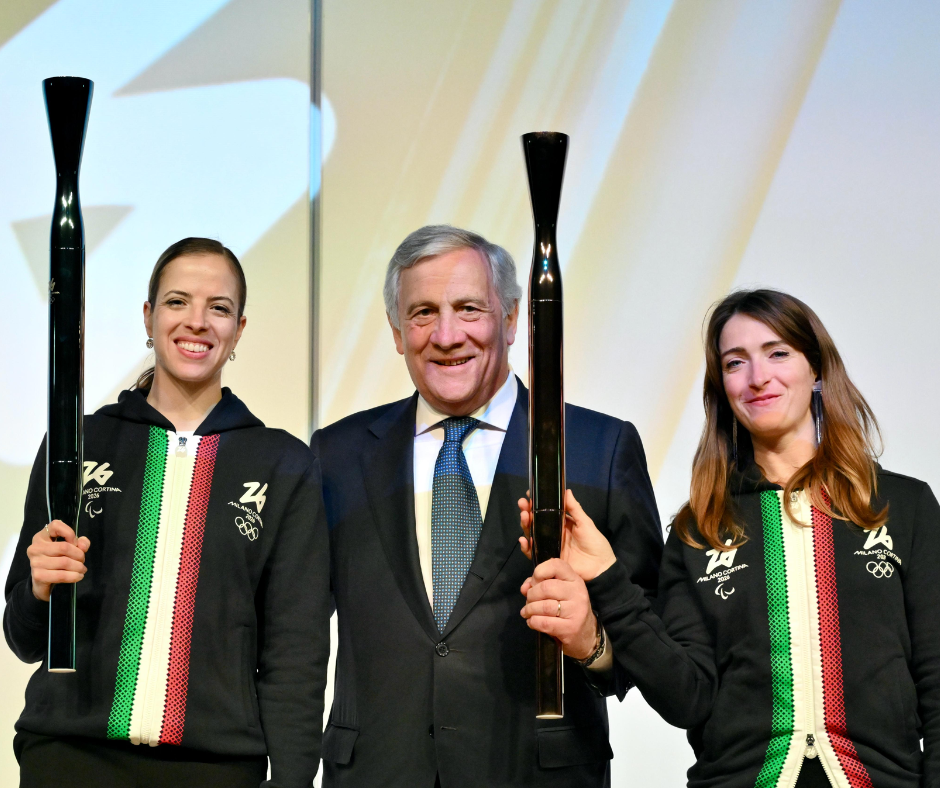
CR: This was one of the most collaborative aspects of the project—a confluence of many hands and minds. With Versalis and Cavagna Group, we developed a refillable burner that can be used up to ten times. That meant we could significantly reduce the number of torches produced—minimizing impact, without compromising form or function.
DD: Collaboration played a major role in this project—from Versalis and Eni to Cavagna. How do you navigate collaboration across disciplines and industries?
Fuel your creative fire & be a part of a supportive community that values how you love to live.
subscribe to our newsletter
*please check your Spam folder for the latest DesignDash Magazine issue immediately after subscription
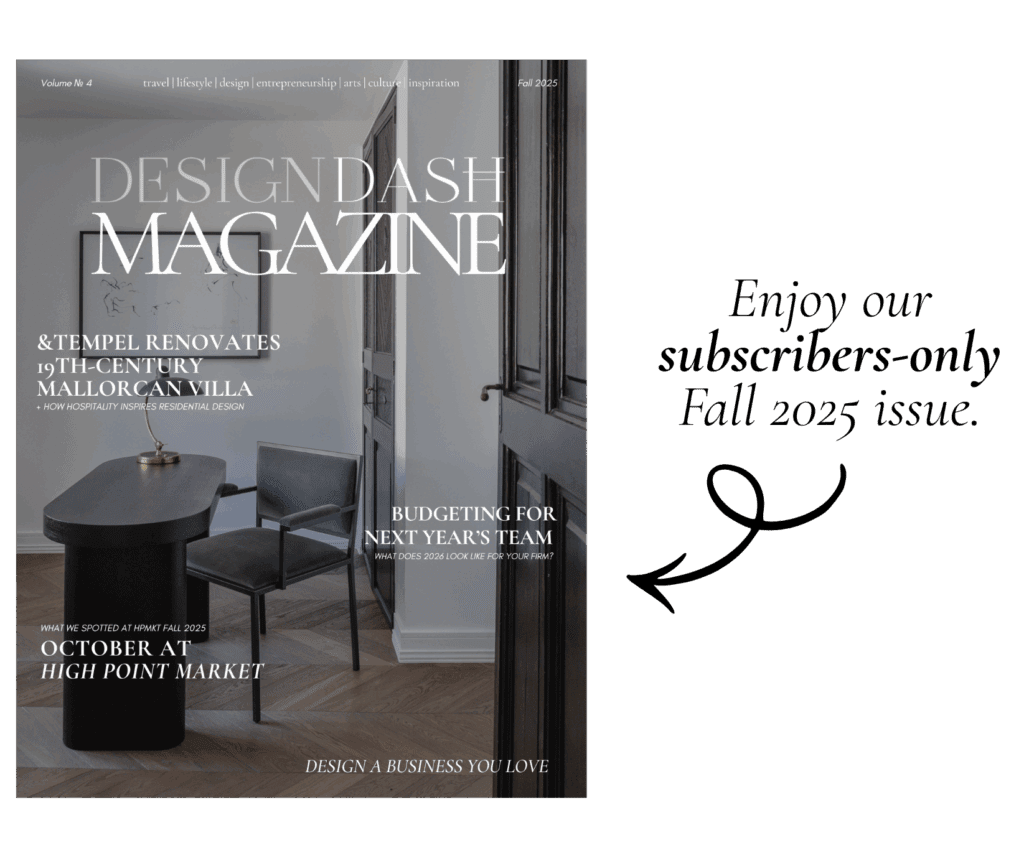
CR: As problems grow in complexity—whether at the urban scale or in industrial design—our responses must be collaborative. The torch is the work of many: Cavagna led on engineering, Versalis and Eni brought expertise in materials and supply chains. Our studio’s role was to orchestrate. In a way, the architect today must be a choral conductor, not a soloist—an idea I explored over a decade ago in the book Open Source Architecture.
DD: You’re known for integrating technology with urban life. Were there any digital tools or data-driven insights involved in this project?
CR: Absolutely. Designing a torch isn’t about how it looks in a vitrine – it’s about how it behaves at 10 km/h in crosswinds. We used simulations, wind tunnel tests, and digital twins for fluid dynamic analysis. The flame had to respond—not just persist. Data became the lens through which we could shape behavior.
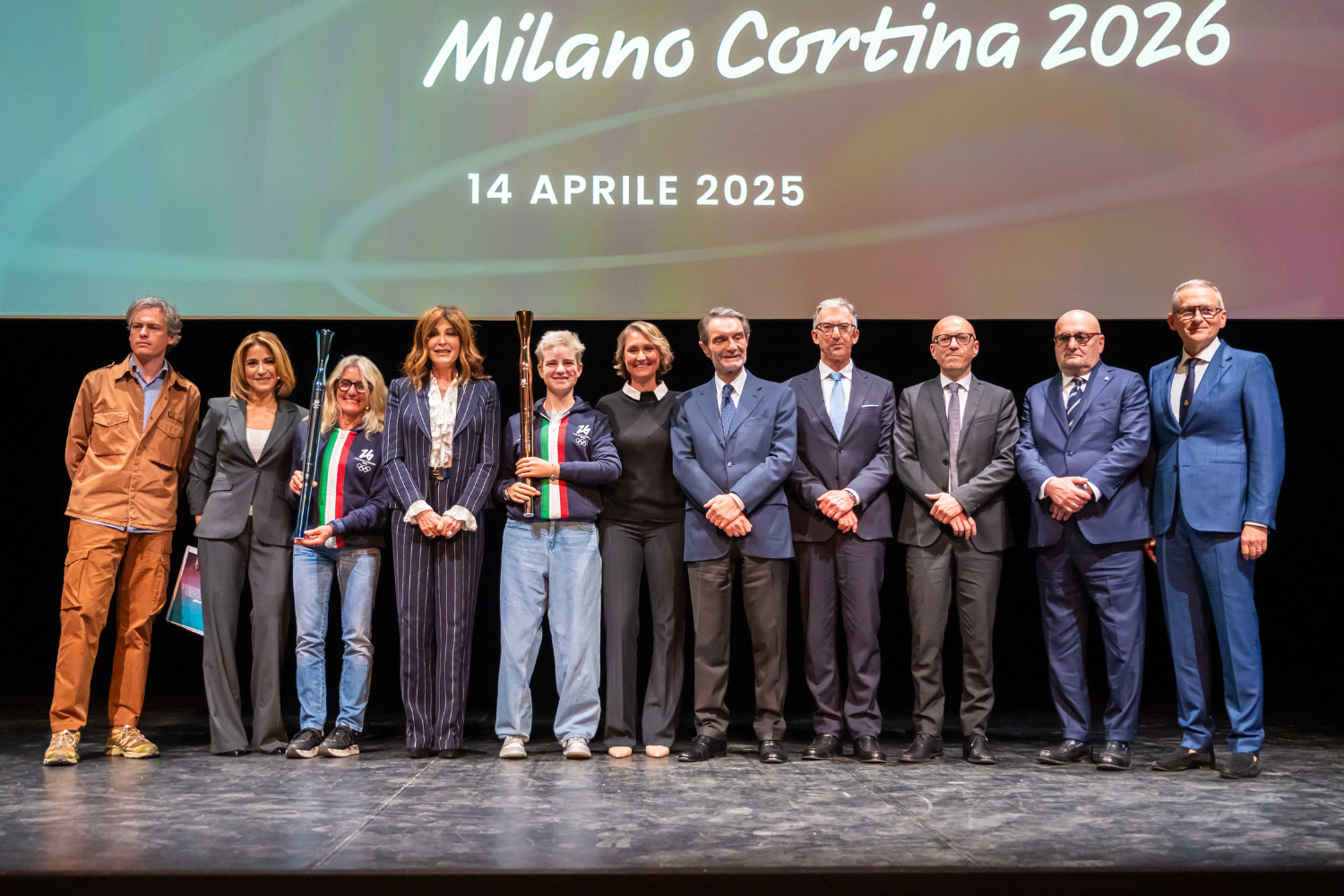
DD: What lessons from this project do you think architects and designers can apply to their own work – especially those running their own practices?
CR: First: always challenge the brief. Had we followed a traditional path, we might have produced a decorative shell.
Second: design from the effect you want to produce. The torch isn’t about its shape —it’s about what it enables: fire, motion, and ritual. Reverse-engineer from that outcome.
DD: As the newly announced curator of the 2025 Venice Architecture Biennale, how do you see this project aligning with the themes you’re interested in exploring there?
CR: Though small, the torch engages with many of the themes we’ll explore at the Biennale. Intelligens. Natural. Artificial. Collective. speaks to hybrid intelligence and cross-disciplinary collaboration.
In many ways, the process behind the torch mirrored this—bringing together different domains to respond to a shared challenge.
DD: Finally, for younger architects or designers who admire your work, what advice would you give about designing with purpose in a world facing urgent environmental and social challenges?
CR: Always remember what a design project is: a way to shape the future. The word project itself comes from pro-icere—to throw forward. But before projecting forward, we must understand the present.
Today, we have unprecedented tools to understand it with data: a new kind of listening that allows us to see the present more clearly, and to imagine the future more responsibly.
Many Thanks to Carlo Ratti and His Team

Many thanks to Carlo Ratti and his team for participating in this interview. Please explore Ratti’s Venice Architecture Biennale, which he leads as curator this year.
Fuel your creative fire, thrive with support from peers, & make 2025 your firm’s best year yet!
JOIN THE DESIGNDASH COMMUNITY




